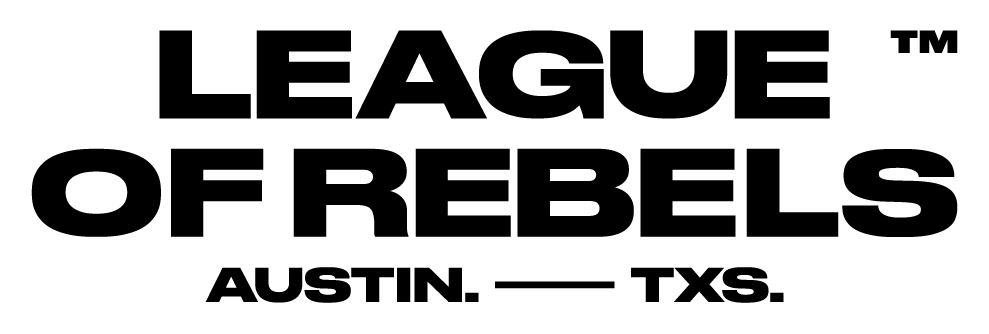
The Super S system in wool suits is a grading scale used to measure the fineness of the wool fibers used in the fabric. The "S" stands for "Super," followed by a number (e.g., Super 100s, Super 120s, Super 150s). The system was originally developed by the Woolmark Company to classify wool fibers based on their diameter in microns.
Here’s a breakdown of how it works:
1. Fineness of Wool
- The number following the "Super" designation refers to the average diameter of the wool fibers in microns.
- For example:
- Super 100s wool has fibers with a diameter of approximately 18.5 microns.
- Super 120s wool has fibers of about 17.5 microns.
- Super 150s wool has fibers around 16.5 microns.
As the number increases, the wool fibers become finer and thinner, resulting in a fabric that is smoother, softer, and more luxurious.
2. Impact on Suit Quality
- Super 100s to Super 120s: These grades strike a good balance between durability and softness. They are ideal for everyday suits because they are less prone to wear and tear.
- Super 140s to Super 150s: Finer and more luxurious, but less durable. These suits are typically more expensive and suited for special occasions or formal wear.
- Super 160s and above: Very fine wool, offering incredible softness and lightness, but the fabric is delicate and prone to wrinkling. These suits are extremely luxurious and often considered more fragile.
3. Practicality
- While finer wool (with higher Super numbers) feels softer and looks more refined, it is less durable. For frequent use, suits made from lower Super wool (like Super 100s or 110s) are more practical.
- Higher Super numbers are ideal for special occasions but may not hold up well to daily wear due to their delicate nature.
In essence, the Super S number reflects the fineness and softness of the wool but also serves as an indicator of the fabric's durability. Choosing the right "Super" number depends on the intended use and desired level of luxury in the suit.

Photo credits: The merino campaign & merino company










